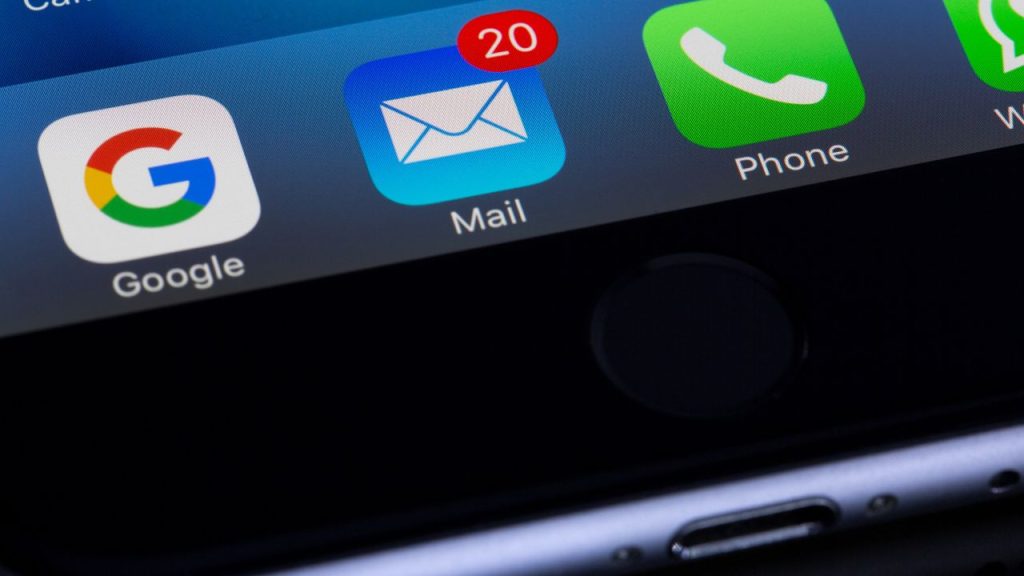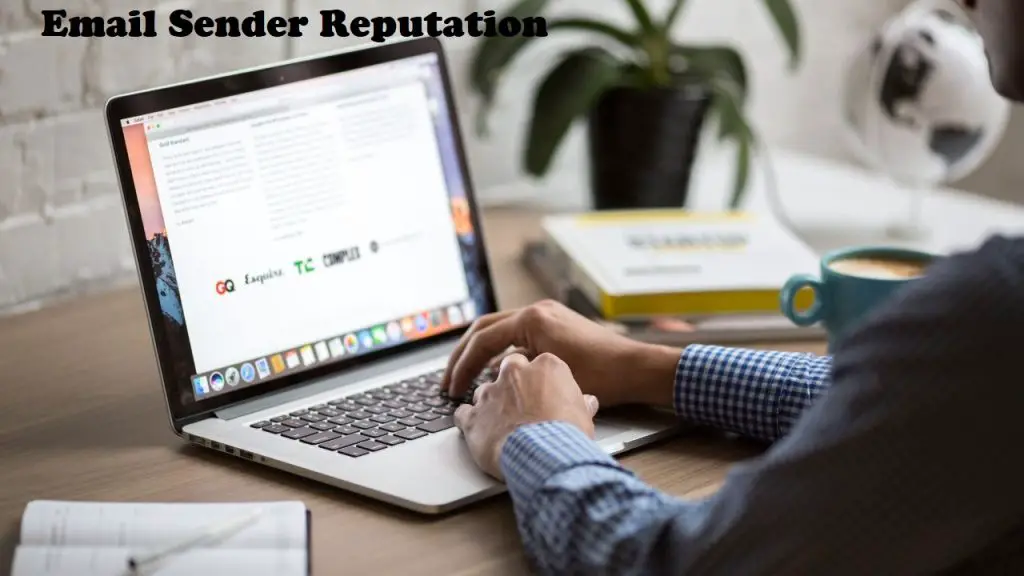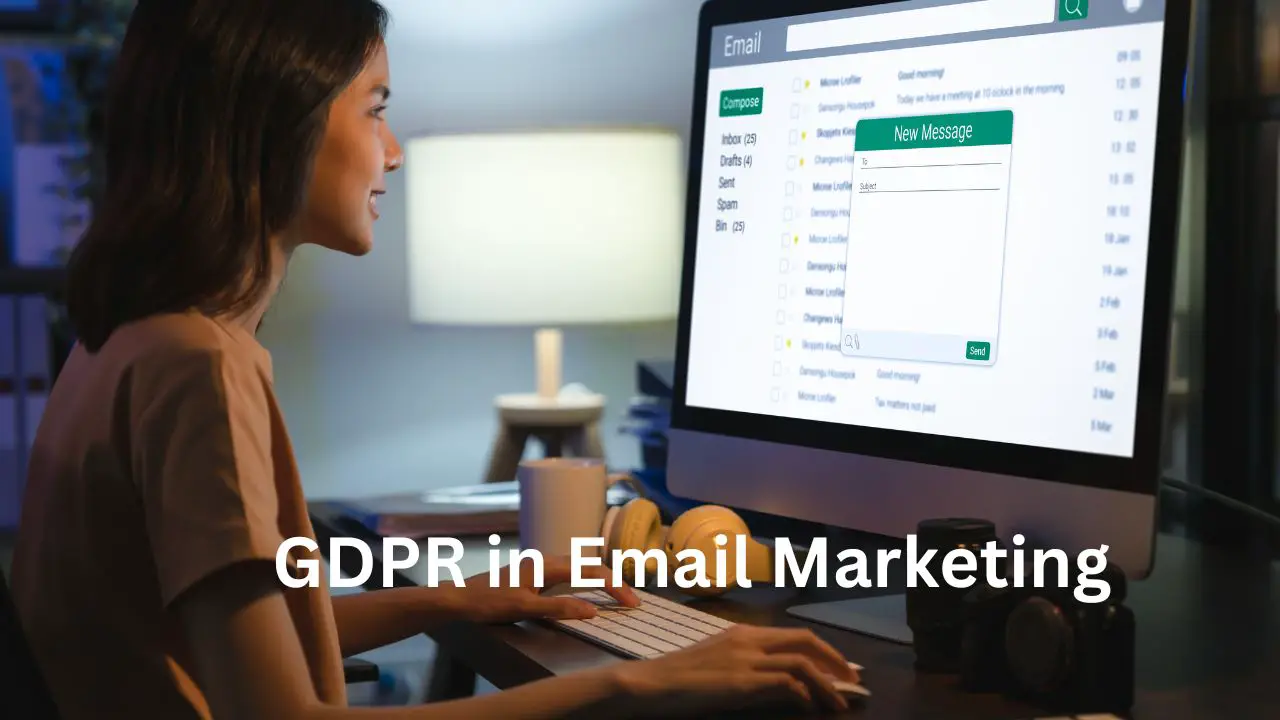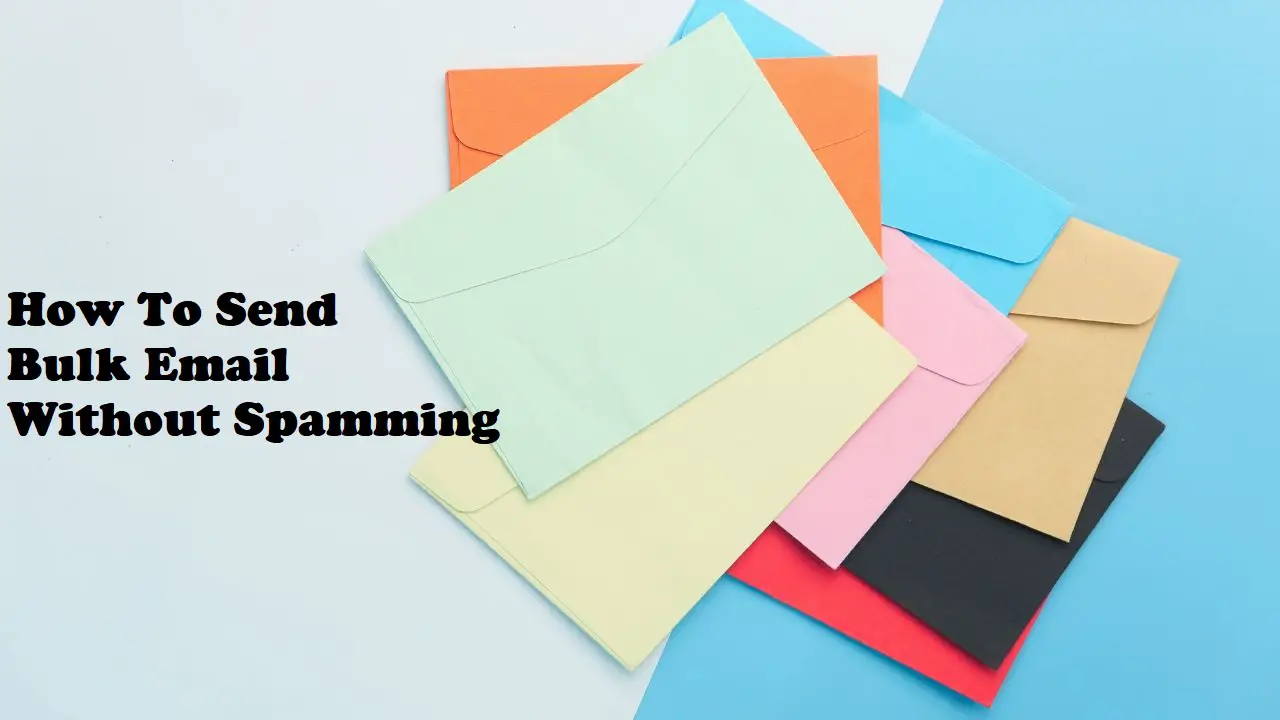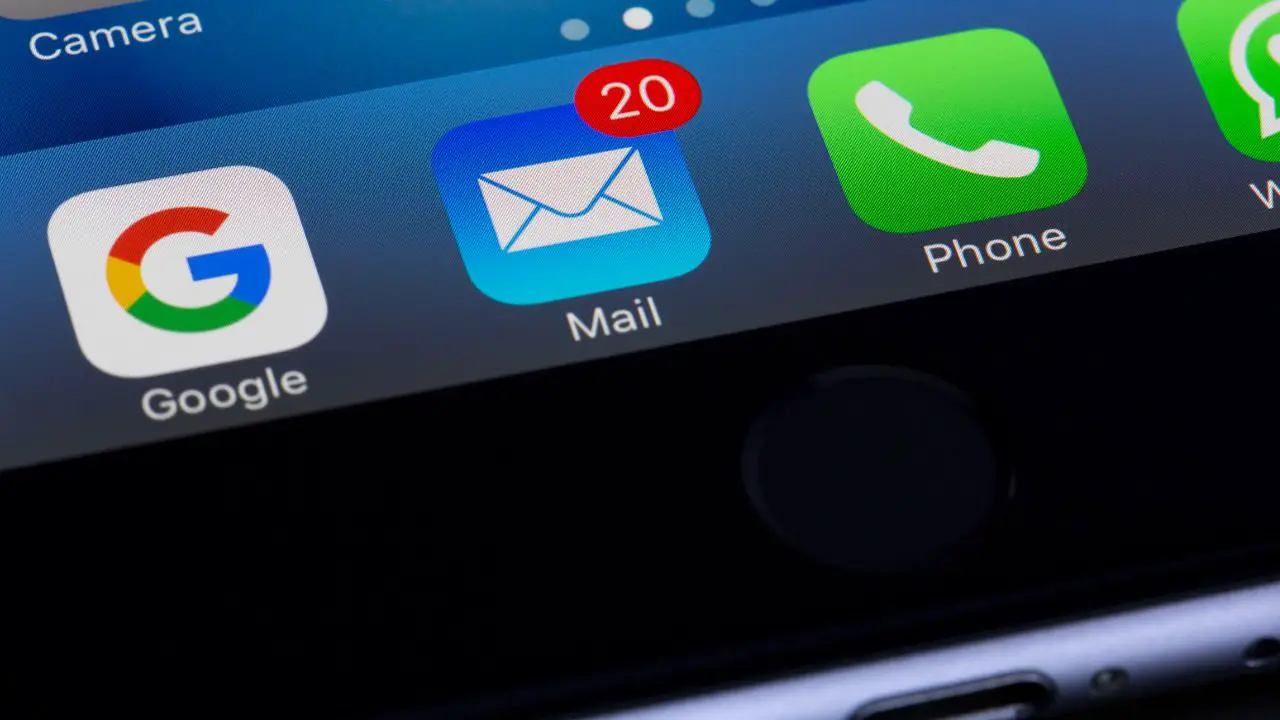Introduction
Email marketing is a powerful tool for nonprofits to connect with supporters, raise awareness about their cause, and drive donations. Unlike other marketing channels, email allows for direct, personal communication with your audience, making it an essential component of any nonprofit’s outreach strategy. This guide will explore how nonprofits can leverage email marketing to build relationships, increase engagement, and achieve their mission.
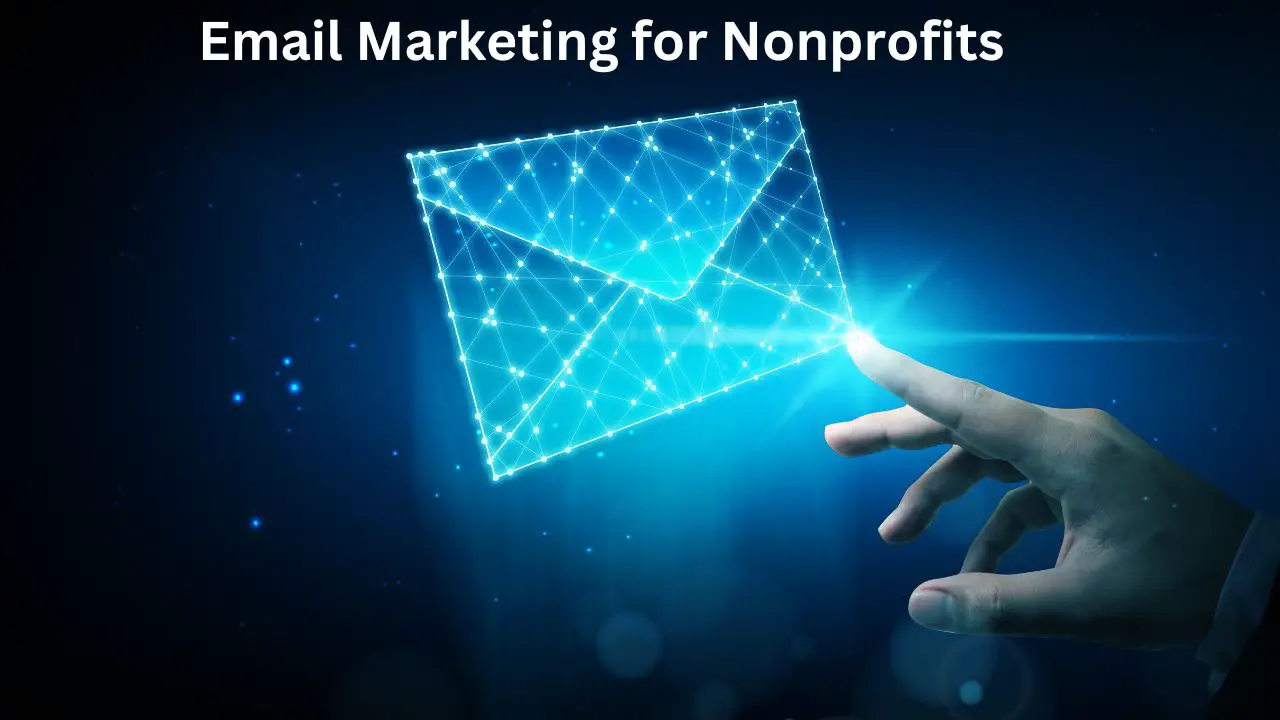
Why Email Marketing Matters for Nonprofits
Email marketing offers numerous benefits for nonprofits, including:
- Cost-Effective Communication: Email is an affordable way to reach a large audience, making it ideal for nonprofits with limited budgets.
- Personalized Outreach: Emails can be tailored to individual supporters, fostering a sense of personal connection and engagement.
- Direct Call to Action: Emails provide a direct way to ask for donations, volunteer support, or event participation.
- Measurable Impact: Email marketing platforms offer robust analytics, allowing nonprofits to track engagement and measure the effectiveness of their campaigns.
- Building Relationships: Regular email communication helps build trust and maintain relationships with supporters, volunteers, and donors.
Getting Started with Email Marketing
1. Choose an Email Marketing Platform
Selecting the right email marketing platform is crucial for effective communication. Popular options for nonprofits include:
- Mailchimp: Offers a free plan for smaller lists and discounts for nonprofits.
- Constant Contact: Known for its ease of use and customer support, with nonprofit discounts available.
- Campaign Monitor: Provides advanced segmentation and personalization features.
- VerticalResponse: Offers free and discounted plans for nonprofits.
2. Build Your Email List
A quality email list is the foundation of successful email marketing. Here’s how to grow your list:
- Website Sign-Up Forms: Place sign-up forms on your website’s homepage, blog, and donation pages.
- Event Registrations: Collect email addresses at events and fundraisers.
- Social Media: Promote your email sign-up on social media platforms.
- Partnerships: Partner with other organizations to cross-promote and grow your lists.
3. Segment Your Audience
Segmenting your email list allows you to send targeted, relevant emails to specific groups of supporters. Common segments for nonprofits might include:
- Donors: Tailor communications to acknowledge their contributions and update them on the impact of their donations.
- Volunteers: Share volunteer opportunities and highlight volunteer stories.
- Event Attendees: Send updates and invitations to upcoming events.
- General Supporters: Keep them informed about your organization’s work and how they can get involved.
Crafting Effective Email Content
1. Welcome Series
A welcome series is a great way to introduce new subscribers to your nonprofit. A typical welcome series might include:
- Email 1: A warm welcome, an overview of your nonprofit’s mission, and a thank you for subscribing.
- Email 2: Share impactful stories or case studies to illustrate your work.
- Email 3: Explain how supporters can get involved through donations, volunteering, or advocacy.
- Email 4: Provide links to your social media channels and invite subscribers to follow you.
2. Regular Newsletters
Sending regular newsletters helps keep supporters engaged and informed. Content ideas for your newsletters include:
- Impact Stories: Share stories about the individuals or communities your nonprofit has helped.
- Upcoming Events: Announce events and encourage participation.
- Volunteer Spotlights: Highlight the contributions of your volunteers.
- Calls to Action: Include clear calls to action for donations, volunteer sign-ups, or advocacy efforts.
3. Personalized Updates
Personalized emails can significantly enhance supporter engagement. Use personalization to:
- Acknowledge Donations: Send personalized thank-you emails to donors, highlighting the impact of their contributions.
- Celebrate Milestones: Congratulate supporters on their anniversaries of involvement or significant milestones.
- Offer Exclusive Content: Provide early access to reports, success stories, or special events.
Best Practices for Email Marketing
1. Personalize Your Emails
Personalization goes beyond just using the recipient’s name. Tailor your content to the recipient’s interests and previous interactions with your organization. Use segmentation to send more relevant emails.
2. Optimize Subject Lines
Your subject line is the first thing recipients see, so make it compelling. Keep it short, relevant, and engaging. A/B test different subject lines to see what resonates best with your audience.
3. Focus on Mobile Optimization
Many people read emails on their mobile devices. Ensure your emails are mobile-friendly with responsive design, concise text, and clear CTAs that are easy to tap.
4. Include Clear Calls to Action (CTAs)
Every email should have a clear purpose and CTA, whether it’s to donate, volunteer, attend an event, or share your message. Make your CTA prominent and easy to follow.
5. Maintain a Consistent Schedule
Consistency helps build anticipation and keeps your audience engaged. Whether you send weekly, bi-weekly, or monthly emails, stick to a schedule that you can manage and that your audience can rely on.
6. Monitor and Analyze Performance
Use the analytics tools provided by your email marketing platform to track key metrics such as open rates, click-through rates, and conversion rates. Use this data to refine your strategy and improve future emails.
Advanced Email Marketing Strategies
1. Automation
Email automation can save time and ensure timely communication. Here are some automation ideas for nonprofits:
- Welcome Series: Automatically send a series of welcome emails to new subscribers.
- Donation Acknowledgements: Send automated thank-you emails immediately after a donation is made.
- Event Reminders: Schedule automated reminders for upcoming events.
2. Drip Campaigns
Drip campaigns are a series of automated emails sent over time to nurture supporters. They can be used to educate new subscribers about your work, guide them through a donor journey, or keep them engaged with ongoing updates.
3. Storytelling and Testimonials
Sharing powerful stories and testimonials in your emails can build credibility and demonstrate the impact of your work. Highlight individuals or communities you’ve helped, and include quotes from beneficiaries and supporters.
4. Surveys and Feedback
Engage with your audience by asking for their feedback through surveys. This can provide valuable insights into their needs and preferences, helping you tailor your communications and initiatives.
5. Exclusive Offers and Events
Providing exclusive offers or early access to events for your email subscribers can boost engagement and make them feel valued. This could include early bird tickets, special invitations, or behind-the-scenes updates.
Common Email Marketing Mistakes to Avoid
1. Neglecting List Maintenance
Regularly clean your email list to remove inactive subscribers. This helps maintain high engagement rates and ensures you’re reaching an interested audience.
2. Sending Too Many Emails
Bombarding your supporters with too many emails can lead to high unsubscribe rates. Find a balance that keeps your audience engaged without overwhelming them.
3. Ignoring Mobile Optimization
As mentioned earlier, many people read emails on their mobile devices. Failing to optimize for mobile can result in a poor user experience and lower engagement rates.
4. Overlooking Analytics
Without analyzing your email performance, you won’t know what’s working and what needs improvement. Regularly review your metrics and adjust your strategy based on the data.
5. Being Too Salesy
While it’s important to ask for donations and support, your emails should provide value beyond fundraising pitches. Focus on delivering compelling content that builds a relationship with your audience.
Case Study: Successful Email Marketing for Nonprofits
Let’s look at a case study of a nonprofit that successfully implemented email marketing:
Case Study: Hope for All Children
Hope for All Children is a nonprofit dedicated to providing educational opportunities for underprivileged children. They decided to implement email marketing to engage their supporters and increase donations.
Step 1: Building the List
Hope for All Children created a lead magnet—a free eBook titled “10 Ways to Make a Difference in a Child’s Life.” They promoted this eBook on their website and social media channels, encouraging visitors to sign up for their email list.
Step 2: Crafting the Welcome Series
Hope for All Children set up a welcome series of three emails:
- Email 1: A warm welcome, an overview of their mission, and a thank you for subscribing.
- Email 2: Sharing impactful stories of children who have benefited from their programs.
- Email 3: Explaining how supporters can get involved through donations, volunteering, or advocacy.
Step 3: Regular Newsletters
Hope for All Children started sending a monthly newsletter featuring success stories, upcoming events, volunteer opportunities, and calls to action for donations.
Step 4: Segmentation and Personalization
Hope for All Children segmented their list based on subscriber interests. For example, they created separate segments for donors, volunteers, and general supporters. This allowed them to send more relevant content to each group.
Step 5: Analyzing and Optimizing
Hope for All Children regularly reviewed their email performance, focusing on open rates, click-through rates, and subscriber feedback. They used this data to refine their content and improve engagement.
Results
Within six months, Hope for All Children saw a significant increase in donations and volunteer sign-ups. Their email open rates averaged 50%, and they received numerous positive responses from their subscribers. Most importantly, they built a strong community of supporters who were deeply engaged with their mission.
Conclusion
Email marketing is a powerful tool for nonprofits to engage supporters, raise awareness, and drive donations. By choosing the right platform, building a quality email list, creating compelling content, and following best practices, nonprofits can leverage email marketing to achieve their mission and make a greater impact. Remember to personalize your emails, maintain a consistent schedule, and continuously monitor your performance to refine your strategy. With dedication and a thoughtful approach, email marketing can become a cornerstone of your nonprofit’s outreach efforts.

